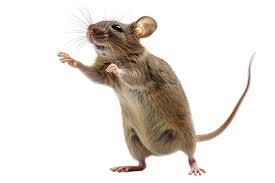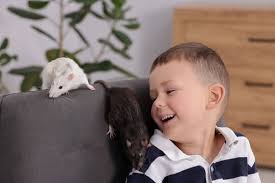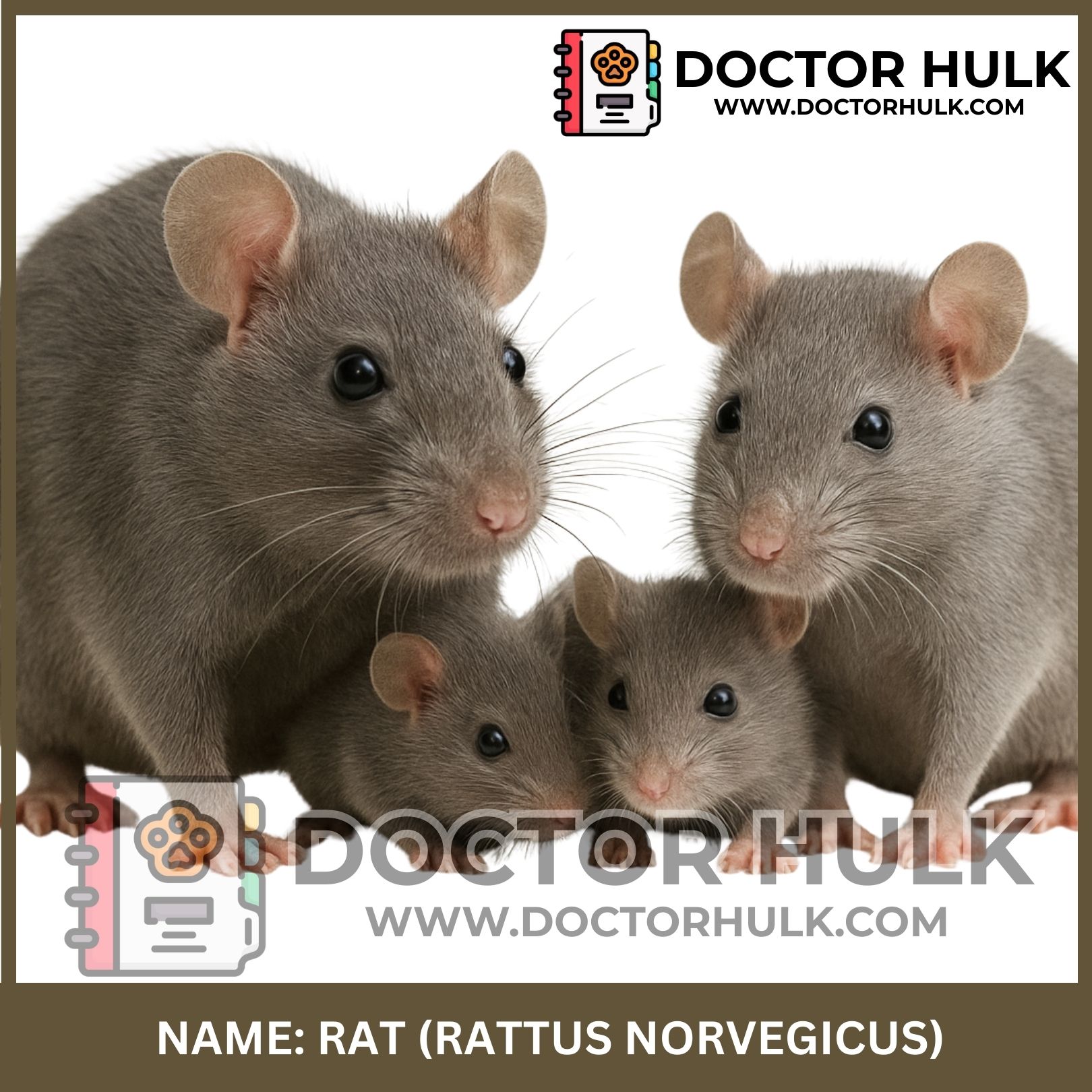A rat is a small, adaptable rodent that’s found all over the world, from bustling cities to rural farms. They have sharp, pointed noses, long tails, and small, beady eyes.
Rats are omnivores, meaning they eat a wide range of foods. In the wild, they nibble on seeds, fruits, and small insects, but in urban environments, they will scavenge anything from leftover food to garbage. Their sharp teeth keep growing throughout their lives, so they have to gnaw on things like wood, metal, or plastic to keep them worn down.
Rats are nocturnal, so they are most active at night. They are incredibly resourceful and can squeeze through tiny spaces to find food or shelter. They are also known for their strong sense of smell and hearing, which helps them navigate and avoid predators.
Scientific Classification
-
Scientific Name: Rattus spp.
-
Family: Muridae
Rats belong to a large family of rodents known as Muridae. They are close cousins to mice but usually larger. The two most well-known types are the brown rat (Rattus norvegicus) and the black rat (Rattus rattus).
Common Names
-
Rat
-
Roof rat (for black rats)
-
Sewer rat or Norway rat (for brown rats)
Geographic Distribution
Rats live almost everywhere in the world. You can find them in cities, villages, forests, and even farms. They are excellent at adapting to human environments, especially places with food and waste.
Physical Characteristics
Rats are small mammals with sharp teeth, long tails, and whiskers. They have strong back legs and are good climbers.
They usually have grey or brown fur, but pet rats can be white, black, or spotted.
-
Size: 15–30 cm body, with tails just as long
-
Weight: 200–500 grams
-
Lifespan: 2–3 years in captivity

Image showing a brown rat standing on its hind legs (Source:Adobe Stock)
Temperament and Behavior
Rats are intelligent, curious, and social animals. They can learn tricks and form strong bonds with humans. In the wild, rats live in groups and build tunnels or nests in hidden places.
-
Very clean (despite reputation)
-
Active mostly at night (nocturnal)
-
Fast breeders
-
Often scared of new things (neophobic)
Pet Rats (Fancy Rats)
Fancy rats are kept as pets. They are calm, smart, and love interacting with humans.
-
Need a clean cage and toys
-
Should see a vet if they sneeze or have breathing issues
-
Love treats, but must eat healthy food

Image showing a white fancy rat playing with a child (Source:Adobe Stock)
Fun Facts
-
Rats can laugh, they make high-pitched giggles when tickled.
-
Their teeth never stop growing.
-
Rats can swim for long distances.
-
Some rats are trained to sniff out landmines or detect diseases.
-
A group of rats is called a “mischief.”
Human Relevance
Rats affect humans in many ways, both good and bad.
Positive:
-
Used in medical research to help cure diseases
-
Kept as pets by many people
Negative:
-
Can damage food and property
-
Can spread diseases if not managed well
Health & common issues
Rats can suffer from several health problems, especially in dirty or crowded conditions.
-
Respiratory infections
-
Tumors (especially in older females)
-
Parasites (like mites or lice)
-
Tooth overgrowth
Signs of illness in rats:
-
Sneezing
-
Red discharge from nose/eyes
-
Loss of appetite
-
Hunched posture
Conservation Status
Most rat species are not endangered. In fact, they are often considered pests in cities. However, some wild rat species are rare and face threats from habitat loss.
Comparison: Rat vs Mouse
| Feature | Rat | Mouse |
|---|---|---|
| Size | Larger (15–30 cm) | Smaller (6–10 cm) |
| Tail | Thicker, longer | Thin, shorter |
| Ears | Small, close to head | Big, round ears |
| Behavior | Smarter, more cautious | More curious and quick |
Feel free to reach out to us at Doctor Hulk Veterinary Hospital for professional care and advice on pet rats and rodent health. You can also reach out through phone call or Whatsapp @ 08143397614.













Reviews
There are no reviews yet.